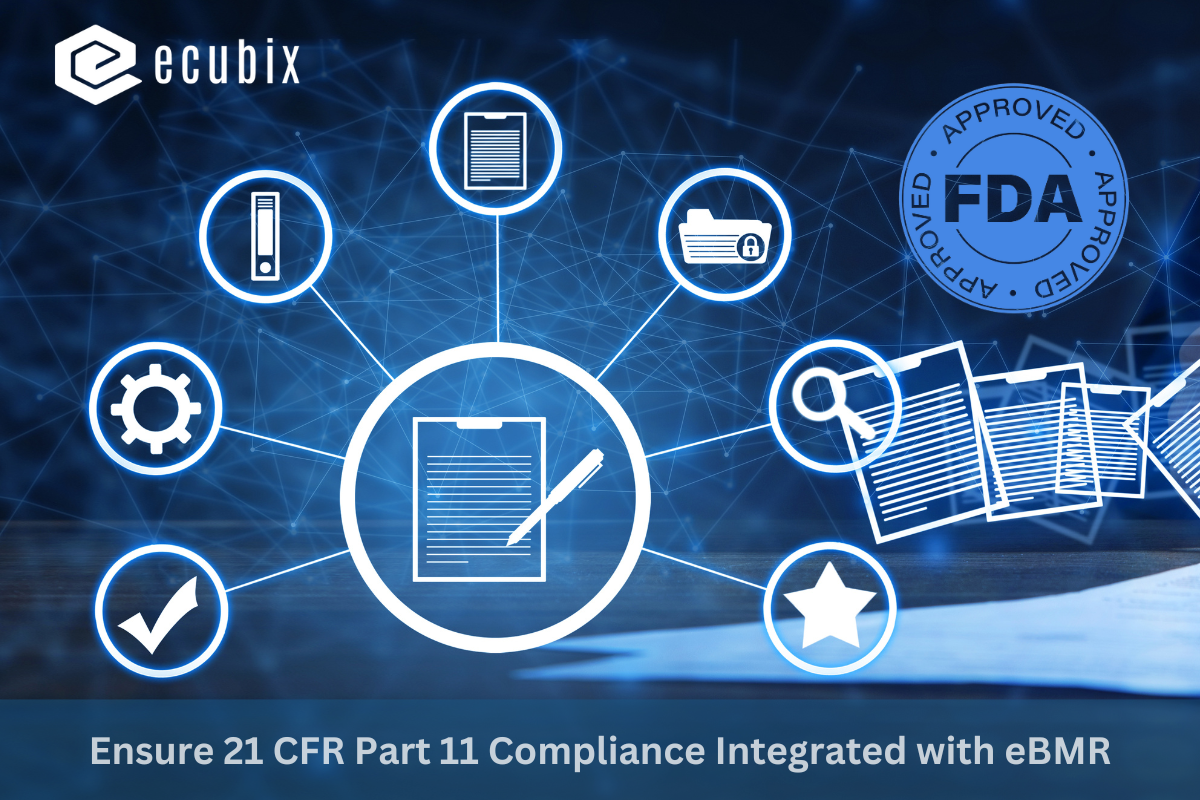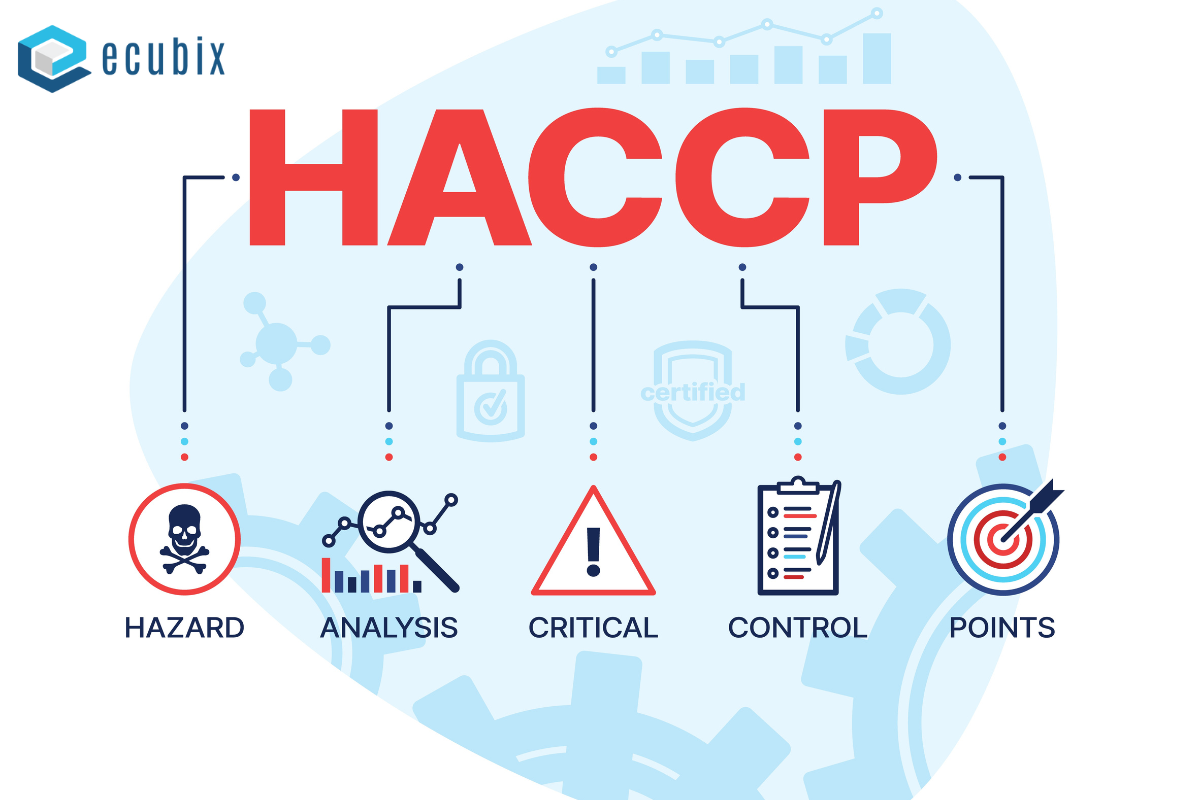
Table of Contents
Published on: December 15, 2022
A Four-Step Approach
A real-time operational data and analytics pave the way for connectivity, at the top of the smart plant with an estimated 10-20% increase in production and initial cost savings, data analytics is a cornucopia for refinery and mill operations. Additionally, the McKinsey Global Institute forecasted that an aluminium refinery or steel mill may save costs by up to 40% in an accelerated technology adoption scenario that uses data analytics, robots, and other technologies. In this article, it is discussed how a metals firm may profit from real-time data, predominantly in its approaches to asset management and maintenance. Furthermore, to explain the benefits of a real-time predictive maintenance strategy, this article provides an overview of numerous maintenance techniques. Importantly, it also provides a four-step approach that metals industries can use to conduct predictive maintenance and be prepared for Industry 4.0 solution.
1. The development of maintenance:
Reactive, preventive, condition-based, predictive, and prescriptive are the five rudimentary maintenance techniques that businesses may use to maintain plant assets when it comes to asset management.
When there are equipment failures, reactive maintenance must be performed, but this may be an expensive procedure and consequences are increase in downtime that diminishes production. There will still be unexpected downtime and expensive repairs that might have been prevented with an effective approach, whilst preventative maintenance assisting in increased asset reliability. Since 82% of machine failures occur at random periods, even regularly scheduled preventative maintenance is ineffective. Condition-based monitoring is the first step in implementing a proactive maintenance approach. While a machine is operating, data can be acquired by network access to sensors, operator rounds, or other offline methods. By utilizing model-based detection methods, predictive maintenance improves the condition-based technique all the more.
This technique is based on the collection of sensor data online and using data analytics to forecast machine efficiency. Prescriptive maintenance, the highest degree of maintenance, entails the integration of big data, analytics, machine learning, and artificial intelligence. Prescriptive maintenance goes beyond predictive maintenance by automatically applying a solution to an anticipated and a foreseen issue, rather than advising a solution that is subsequently carried out by operators. Prescriptive maintenance, for example, might be used to automatically limiting the speed of an Automated Guided Vehicle for Anode transportation to extend its life. A prescriptive maintenance system is a cognitive system; it has the ability to “think” and can only perform at this level when analytic systems and assets are interoperable. This is the future maintenance system: the idealistic ultimate goal of Industry 4.0.
2.The digital transformation: a four-step plan:
Access to real-time operational data is the most significant aspect of improving plant and asset efficiency. The use of advanced analytics in maintenance allows for the fourth level of maintenance strategy: predictive maintenance, often known as predictive maintenance using Industry 4.0. (or PdM 4.0). This level of maintenance may reduce maintenance planning time by 20-50%, boost equipment uptime by 10-20%, and decrease total maintenance expenses by 5-10%. By following a four-step implementation approach, businesses may begin adopting a predictive maintenance strategy.
STEP 1 Establish an operational data infrastructure:
The first step in implementing a predictive maintenance strategy is to begin using an enterprise operational data infrastructure. For example, OSIsoft’s flagship product, PI System, is a data infrastructure that takes real-time operational data from sensors, manufacturing equipment, and other devices. It then transforms it into rich, real-time insights, linking sensor-based data to systems and people. Setting up a system, such as PI System, to assemble and consolidate operational data is critical in giving insights for subsequent studies. A real-time operational data infrastructure will not only aid increased asset dependability, but will also benefit in improving process productivity, energy and water management, environmental impact, staff health and safety, product quality, and KPIs and reporting. All digital transformation projects rely on real-time operational data. All digital transformation projects, such as deploying a PdM using Industry 4.0 strategy, are built on real-time operational data.
STEP 2 Enhance and contextualize data:
The next stage in predictive maintenance is to ensure that the data is not only gathered or assembled but also adequately upgraded so that it can be converted into a useful information. Contextualizing data is one method to improve it. Sensors, for instance, may gather data indicating that a machine has ceased running. However, such data does not automatically contain the context of events – did the equipment cease functioning owing to the malfunction or because an emergency stop button was pressed? This type of context gives data significance. Context can assist an analyst to determine if a data item is a part of a trend forecasting machine failure or an isolated occurrence. It is critical to understand what data is useful and its relevance to a business or purpose. The OSISoft PI System offers enterprises contextualized data, which allows better operations.
STEP 3 Implement condition-based maintenance:
The third step toward predictive maintenance is to use contextualized data to start with a condition-based maintenance (CBM) strategy. Condition-based maintenance assists in determining the factors that contribute to an ultimate failure and automates maintenance plans and schedules depending on the asset’s present condition. Say, when a bearing’s temperature begins to rise outside of its typical range, it frequently indicates that the bearing may eventually fail. As the temperature rises, the real-time operational data system may notify technicians that this component is nearing failure, allowing them to repair the machine before it completely fails. Basic analytics may be used to improve the real-time CBM offered by the PI System. Identifying a performance trend, such as a rise in bearing temperature of more than 20% in the previous seven days, would allow the algorithm regulating the asset’s maintenance approach to become more predictive. Many of those failure patterns are already known to reliability engineers and are frequently discovered following a breakdown through reliability-centred maintenance analysis. All these well-known patterns may be realised as CBM inside a real-time corporate operational data architecture.
STEP 4 Implement predictive maintenance using Industry 4.0:
The final phase is to implement PdM using Industry 4.0 into action. In conjunction with powerful analytics and pattern recognition technologies, the PI System delivers real-time, actionable data that enables organizations to optimize their operations. When used collectively, these technologies can distinguish patterns that suggest an impending failure. In the previous bearing example, data might be utilized to detect the pattern that causes the bearing temperature to rise over its usual operating range. Once adopted, this method may prominently increase production while decreasing maintenance expenses.
Summary:
Predictive maintenance is the application of advanced and cutting-edge analytics in maintenance. It can give significant and substantial benefits to an aluminium smelter or steel mill. A metals firm, perhaps, may not only forecast equipment failure before it occurs, but can also utilize previous data to trace what happened during an event and mitigate thousands of dollars of damages. Companies must have real-time operational data infrastructure to gather, evaluate, and deploy data analytics in order to implement PdM 4.0. With the PI System, this is possible. With the PI System, businesses may not only make savings but also opens up new income sources, extending equipment life, and increasing production throughput.
- The Digital Revolution: Mining Starts to Reinvent the Future, Deloitte, February 2017
- Beyond the Super cycle: How Technology is Reshaping Resources, McKinsey Global Institute, February 2017
- Improve Asset Uptime with Industrial IoT and Analytics, August 2015
- Predictive Maintenance 4.0: Predict the Unpredictable, PwC, June 2017
- Making Maintenance Smarter: Predictive Maintenance and the Digital Supply Network, Deloitte, May 2017
















